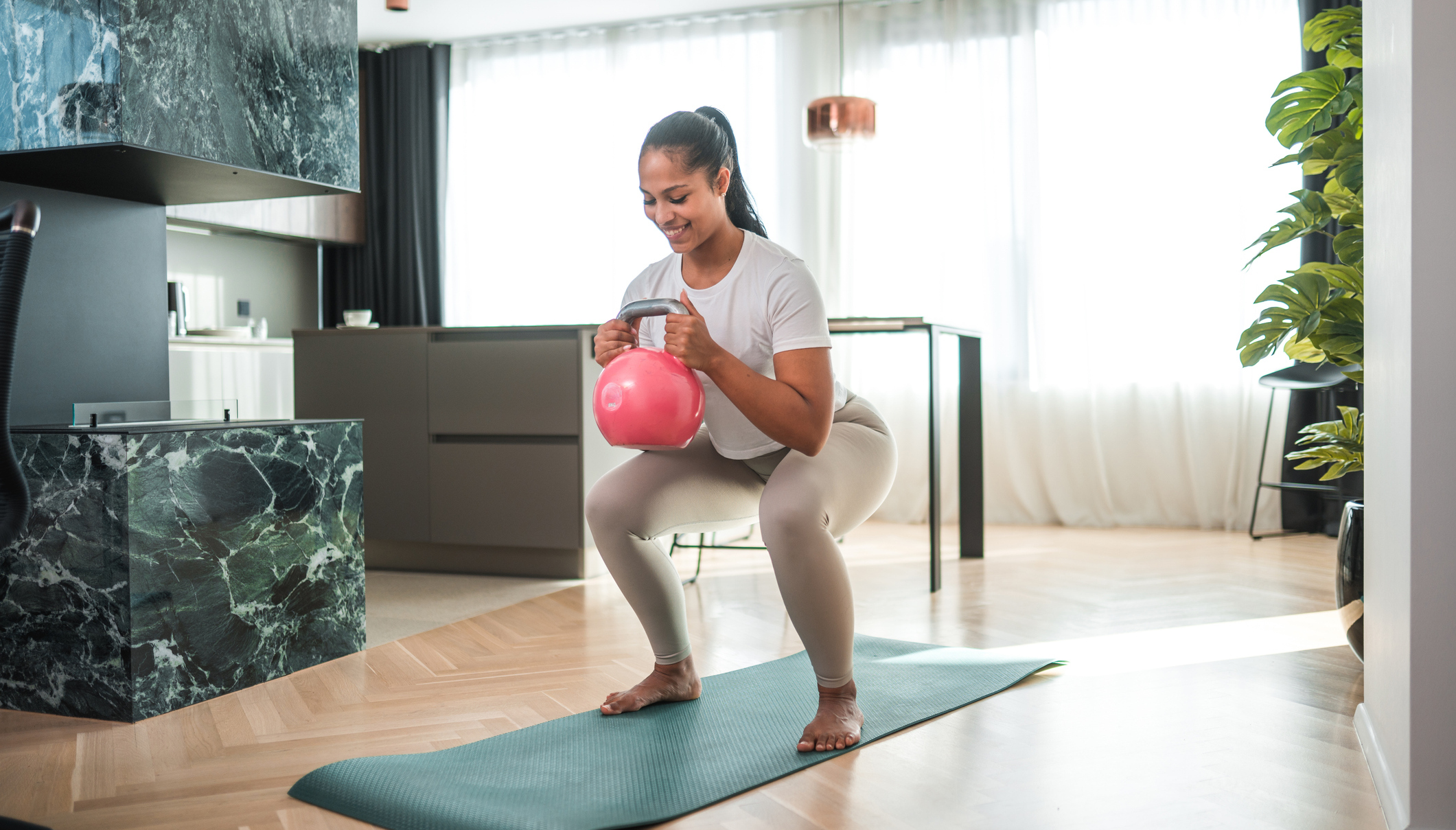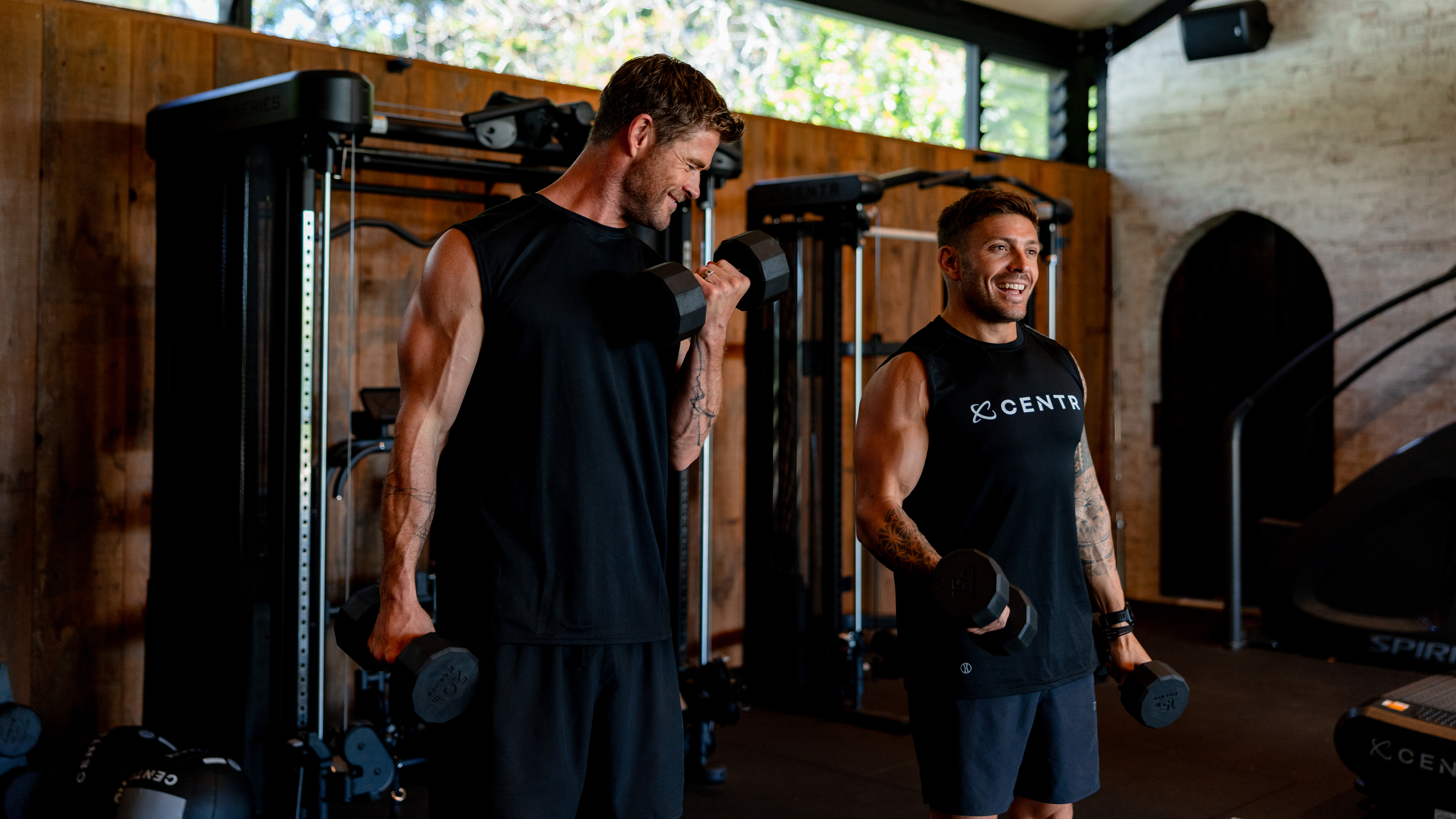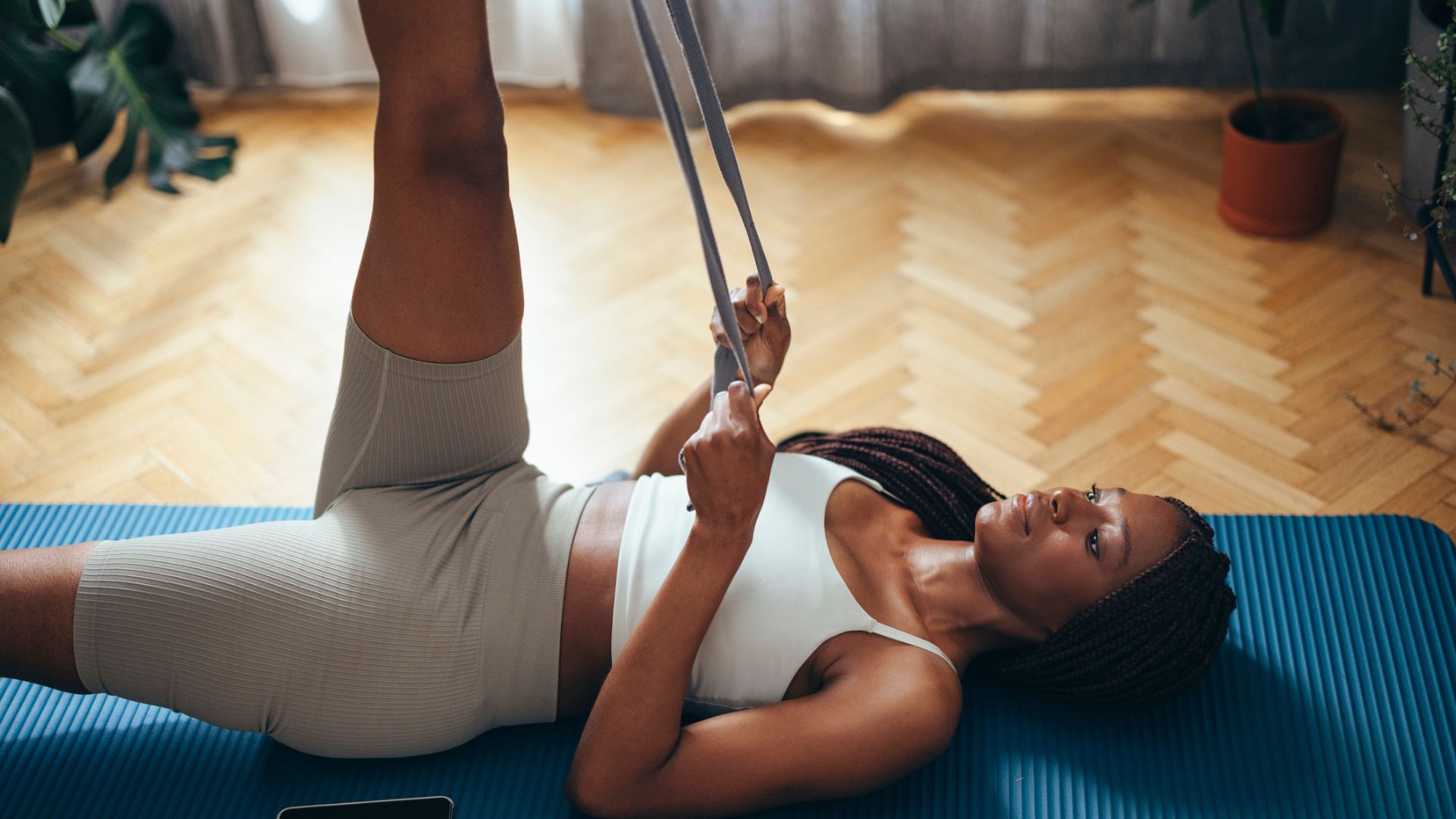A physical therapist says you should do this exercise if you want to ace the sit/stand test when you're older
Build strength and mobility with this explosive move


It's a fact of life that our muscles and bones get weaker as we age, which makes it harder to do everyday tasks. One way to keep tabs on your strength and agility is by performing the sit/stand test, which challenges you to stand up five times from a chair within 10 seconds.
"If you manage it under 10 seconds, you're less at risk for falls. If it takes over 10 seconds, you're at more risk for falls. That's the test we use with the older population," says Dr Andy Fata Chan, physical therapy doctor, coach and founder of Moment Physical Therapy and Performance in New York.

Dr. Fata-Chan received his bachelors in psychology from the University at Buffalo and his doctorate of physical therapy from the University of St. Augustine. His experiences range from training youth athletes and weekend warriors, to working with Olympic and professional-level competitors.
If you want to maintain the strength and mobility necessary for this task, Fata-Chan says you should start exercising now: "I recommend strength training two days a week. On top of that, try getting anywhere from 150 to 300 minutes of cardio. This doesn't mean that you need to be running the whole time. This could just mean you're taking your dog for a really long walk or going on a bike ride."
Fata-Chan also has a tip for how to get the most out of your strength workouts—focus on specific moves to maintain the power and explosive strength you need for the sit/stand test. "That's the first thing that goes when we age," says Fata-Chan. "We lose our ability to express force quickly."
Fata-Chan suggests increasing the speed at which you move during strength training, rather than always aiming to lift heavier weights. Try taking this approach with a goblet squat, which he's demonstrated below. This move will strengthen your lower-body muscles, particularly those in your thighs and buttocks; pushing back up to standing more quickly will help you build explosive power.
How to do the explosive goblet squat

Reps: 5 Sets: 3
- Stand with your feet slightly wider than hip-width apart, toes pointing out. Hold a medium light weight close to your chest. You don’t want to use a heavy load when you’re trying to move quickly.
- Keeping your chest upright, push your hips back and bend your knees as if you're sitting down in a chair. Don't let your knees cave in, they should remain directly above your feet. Actively pushing your knees out as you squat can help you achieve the correct alignment.
- Quickly lower your body until your hips are in line with or below your knees (or lower as far as your current mobility allows).
- Push explosively through your heels to return to standing as quickly as possible, then immediately go into the next squat. You should notice at the end of the fifth repetition that you’re starting to move more slowly as your body tires.
Get the Fit&Well Newsletter
Start your week with achievable workout ideas, health tips and wellbeing advice in your inbox.

Ruth Gaukrodger is the fitness editor for Fit&Well, responsible for editing articles on everything from fitness trackers to walking shoes. A lot of her time is spent interviewing coaches and fitness experts, getting tips on how to make exercise less intimidating and more accessible.
She's a keen runner and loves strength training. She also enjoys honing her yoga skills from the comfort of her living room.
-
 Build blockbuster arms and abs with Chris Hemsworth's go-to dumbbell circuit
Build blockbuster arms and abs with Chris Hemsworth's go-to dumbbell circuitAll you need are adjustable dumbbells and 20 minutes
By Sam Rider Published
-
 Forget crunches—if I wanted to improve core strength I'd do this neck-friendly Pilates workout
Forget crunches—if I wanted to improve core strength I'd do this neck-friendly Pilates workoutAnd it takes just five minutes
By Maddy Biddulph Published